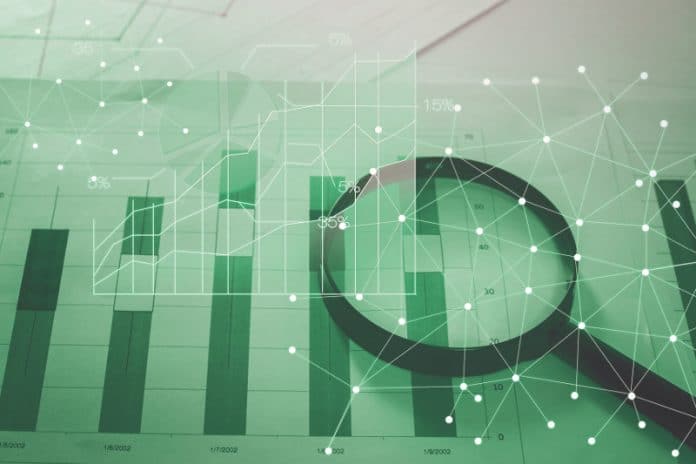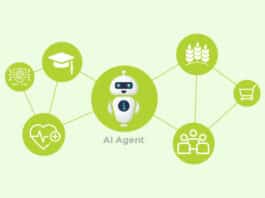Edge analytics involves processing, collecting and analysing data near its source so that not all of it is sent to the cloud. This is crucial when massive volumes of data are generated by numerous devices. It saves a lot of time and reduces latency.
The exponential proliferation of IoT devices and IoT based platforms is leading to multiple complex scenarios. Such sudden growth and scalability need a lot of analytics to be done for better predictions and choices. IoT analytics will become more complex and challenging when the number of IoT devices grows even further. A good analytics system will become crucial for any IoT environment to succeed and be more robust.
Making any sense out of IoT data needs good and efficient analytics. This may not always be Big Data (volume, velocity and variety of data). There are many other categories of analytics, like simple past event review, or more advanced analytics using historical data to make predictions about outcomes, etc.
What is analytics?
Analytics (for IoT) is the science and art of trying to find matching patterns in the huge quantity of data (it could be Big Data, or otherwise) generated by connected and smart devices. In layman’s terms, this can be defined as simply as monitoring trends and finding any abnormalities.
Listed below are some of the well-known analytics methodologies or types:
- Descriptive analytics tells us what is happening
- Diagnostics analytics tells us why it happened
- Predictive analytics tells us what is likely to happen
- Prescriptive analytics tells us what should be done to prevent something from happening
Today, there are various tools and technologies available for analytics. Many of the enterprises now expect to have intelligence or analytics sit on the platform itself for better monitoring and live streaming capabilities. Processing historical data from the cloud or any other outside means takes time and adds latency to the entire response time. Analytics using microservices based technologies is also one trend observed recently.
Each of the existing IoT solutions may not need analytics to be done. Listed below are some types of analytics that can be performed:
- Generating basic reports
- Real-time stream analytics
- Long-term data analytics
- Large-scale data analytics
- Advanced data analytics
Once the data is acquired from any selected source, it has to be pre-processed to identify missing values and for the purpose of scaling the data. Once the pre-processing is done,‘feature extraction’ needs to be carried out. From feature extraction, we can identify any significant information that helps in improving subsequent steps.
Basic analysis
This analysis typically involves Big Data and will, most of the time, involve descriptive and diagnostic kinds of analytics.
This is the era of edge analytics. Many of the industries that work on IoT based solutions and frameworks use it, and it is expected to become ‘the next big thing’ in the coming days. At present, there are many tools and technologies that deal with edge analytics.
Edge analytics and the IoT tools
This is an analysis done at the source, by processing, collecting and analysing the data instead of sending it to the cloud or server for processing and analysis. This saves a lot of time and avoids latency. By using edge analytics, most problems in today’s world can be solved.
According to Gartner’s predictions, by 2020, more than half the major new business processes and systems will incorporate some element of IoT. Analytics will become one of the key aspects of any of these IoT systems/sub-systems. It will support the decision-making process in related operations and help in business transformation.
A brief introduction of some of the well-known open source IoT tools for edge analytics follows.
EdgeX Foundry: This is an open source project that is hosted by the Linux Foundation. It provides interoperability, can be hosted within the hardware and is an OS-agnostic software platform. The EdgeX ecosystem can be used as plug-and-play with support for multiple components, and this can be easily deployed as an IoT solution with edge analytics. EdgeX Foundry can be deployed using microservices as well.
Website: https://github.com/edgexfoundry/edgex-go
Eclipse Kura: Eclipse Kura is one more popular open source IoT edge framework. It is based on Java/OSGi and offers API based access to the underlying hardware interface of IoT gateways (for serial ports, watchdog, GPS, I2C, etc). The Kura architecture can be found at http://eclipse.github.io/kura/intro/intro.html.
Kura components are designed as configurable OSGi based and declarative services, which are exposed service APIs. Most of the Kura components are purely Java based, while others can be invoked through JNI, and generally have a dependency on the Linux operating system.
Eclipse Kapua: Eclipse Kapua is a modular IoT cloud platform that is mainly used to manage and integrate devices and their data. Kapua comes loaded with the following features.
- Connect: Many of the IoT devices can be connected to Kapua using MQTT and other protocols.
- Manage: The management of a device’s applications, configurations and resources can be easily done.
- Store and analyse: Kapua helps in storing and indexing the data published by IoT devices for quick and easy analysis, and later visualisation in the dashboard.
- Integrate: Kapua services can be easily integrated with various IT applications through flexible message routing and ReST based APIs.
Website: https://www.eclipse.org/kapua/
As mentioned earlier and based on Gartner analysis, edge analytics will become one of the leading tech trends in the coming months. The more analysis that is done at the edge, the more sophisticated and advanced the whole IoT ecosystem will become. There will come a day where M2M communication may happen independently, without much human intervention.




